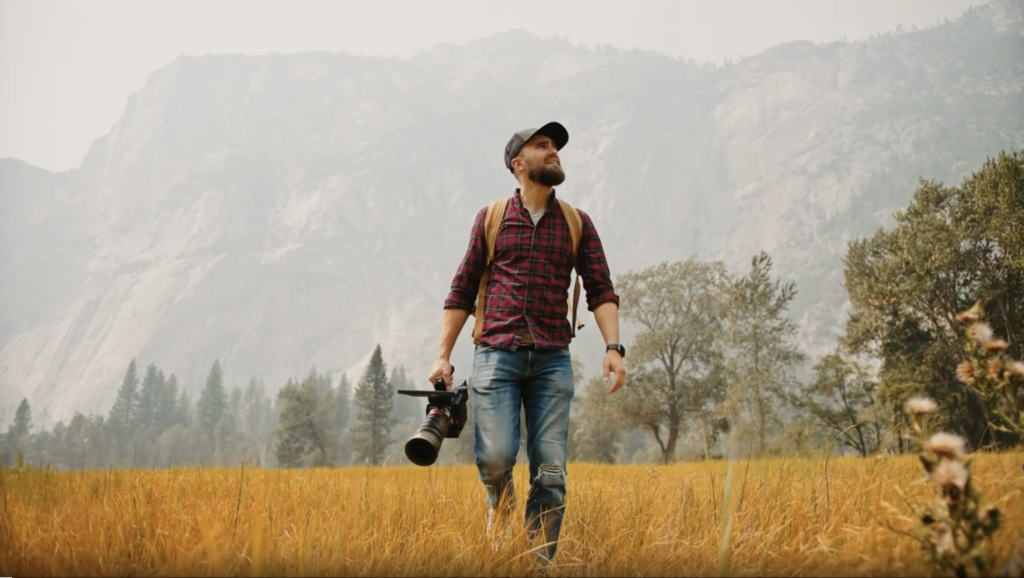Video production techniques
Videos make up a huge percentage of online marketing these days. They’re certainly growing in popularity among smaller businesses, so if you’re an enterprise-level company, it’s pretty much mandatory that you’re on social media and other channels with competitive videos.
To stand above the crowd, there are video production techniques and processes you should employ with every ad, PSA, or educational film you create.
Here are five essential elements that will help guarantee you a successful video production every time:
1. Plan the entire shoot in advance
Sure, amateur productions on social media can get away with winging it, but professional videos for marketing and other business needs must be planned to the last detail. This means using any or all of the following:
- A full script of whatever is being said on camera, other than spontaneous interviews, testimonials, and segments of that nature (be sure to include graphic elements, as discussed below).
- Storyboarding, if there is moving around or any action, as well as any specific visuals you want to be included.
- A beat sheet for longer videos if you want to outline different scenes, their key points, and what they are intended to show.
- A shot list, unless you are shooting from one angle at the same distance for the entire video (which can usually get pretty boring and unprofessional-looking).
- An inventory of any other components essential to your video, including wardrobe, hair and makeup, props, required power supply, etc.
You also want to rehearse the shoot in advance. This entails not just the narrator, interviewees, or actors involved running through their lines but also includes special effects and camera positioning as well.
You may discover that certain shots aren’t working or that you need equipment like a dolly or brighter lighting in some sections to get the end result you desire.
Whenever possible, try to rehearse on location or in the studio where you intend to shoot. Otherwise, you could be faced with problems you didn’t foresee in your planning phase, such as obstacles, noise, traffic, and the like.
You don’t want to spend extra money once you’re on location trying to deal with unexpected issues.
2. Incorporate storytelling to reach clients and consumers
The best way to grab your audience is to tell a story. Storytelling goes as far back as the human race, and it’s a vital part of every culture on earth. You can reach far more people with a good story than you can with dry facts and figures.
Remember, people ultimately buy goods and services based on emotions, not data. Using storytelling from the start in your marketing will also better prompt you to hook your audience in those vital first 30 seconds or so.
Storytelling isn’t just what’s being said in the script. When you go to a movie in the theater, you’re getting subtle and subliminal clues through things like music, establishing shots, close-ups, and scene transitions.
You can utilize all those components in a business video equally well to draw viewers in, personalize your message, and stand above the competition when it comes to video quality.
3. Use professional-looking and sounding video production techniques
The larger and more established your business, the more viewers will expect ultra-polished productions. This is where using the right equipment and video production techniques can make or break your final product. You don’t want to leave these items to your post-production phase because you can’t always fix things after the fact.
Some elements to consider include:
- Professional lighting for increased brightness or to reduce darkness
- Reflectors to redirect light
- Color correcting with both your camera and lighting accessories
- A tripod or other type of camera mount for steadiness or camera movement
- The best camera/mobile device available to you for high-resolution images and zooming or other effects, if needed (always check focus)
- Clip microphones and/or a sound boom, depending on audio needs and the technical skill level of the production crew
- Shot framing using methods like the rule of thirds for an off-center, more lifelike appearance
- Choosing the right aspect ratio for the look you want
4. Add subtitles and graphics to reinforce your message
While the majority of people will get the greatest and most memorable impact from hearing and seeing your message, some viewers need written content to get your point. And sometimes, there are other advantages to adding typewritten elements to your video.
This is particularly true if you’re talking about numbers or numerical comparisons, quoting statistics, or discussing size, measurement, quantity, etc. If the material you are presenting is highly technical, scientific, or academic, adding graphics is a must.
Consider your audience. Would they typically expect a chart or list of figures? Do they need subtitles, translation of specific vocabulary, or closed captioning? How about dates or location headings for clarity? You’ll add most of this in post-production, which we will discuss next.
One more pro tip: optimize your graphics for their destination. For example, 85 percent of videos on Facebook are watched without sound. Would your message still come across on its intended platform without captioning? You may have to edit different versions for various audiences.
5. Invest in a solid post-production process
Have you ever seen on the news or social media that a highly anticipated film is shooting, only to have it be released nearly a year later? That’s because the best producers and directors know the value of post-production.
You don’t have to spend the time a multimillion-dollar feature does, of course. In fact, with the right tools, you could have your video ready as soon as 24 hours after shooting. But you want to include many of the same post-production elements.
If you’ve done your job well with the four previous video production techniques and tips, post-production should be relatively simple.
It’s actually the fun part of video production, where you get to see all the different elements come together for a cohesive impact.
You add in graphics, animation, transitions, and a soundtrack and clean up any audio issues (it’s usually best to record sound separately and synchronize it in post-production with your visuals).
Shootsta Pro makes video post-production easy and fast
When you’ve put so much into your video production techniques, you don’t want to compromise it with poor post-production.
And you don’t want your editing process to drag on, as that’s not cost-effective.
Instead, consider partnering with Shootsta Pro for streamlined post-production that gives you a result in as little as a day. It’s the ideal mix of in-house and outsourced production.
Why Shootsta Pro?
- Greater cost-effectiveness
- Cloud-based subscription platform for easy scalability
- Local professional editing
- Ability to direct and collaborate as much or as little as you like
- Super fast turnaround times
- Multiple integrations


